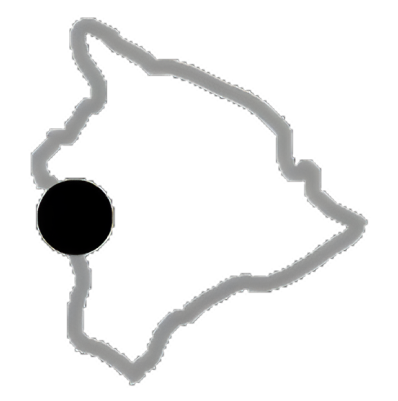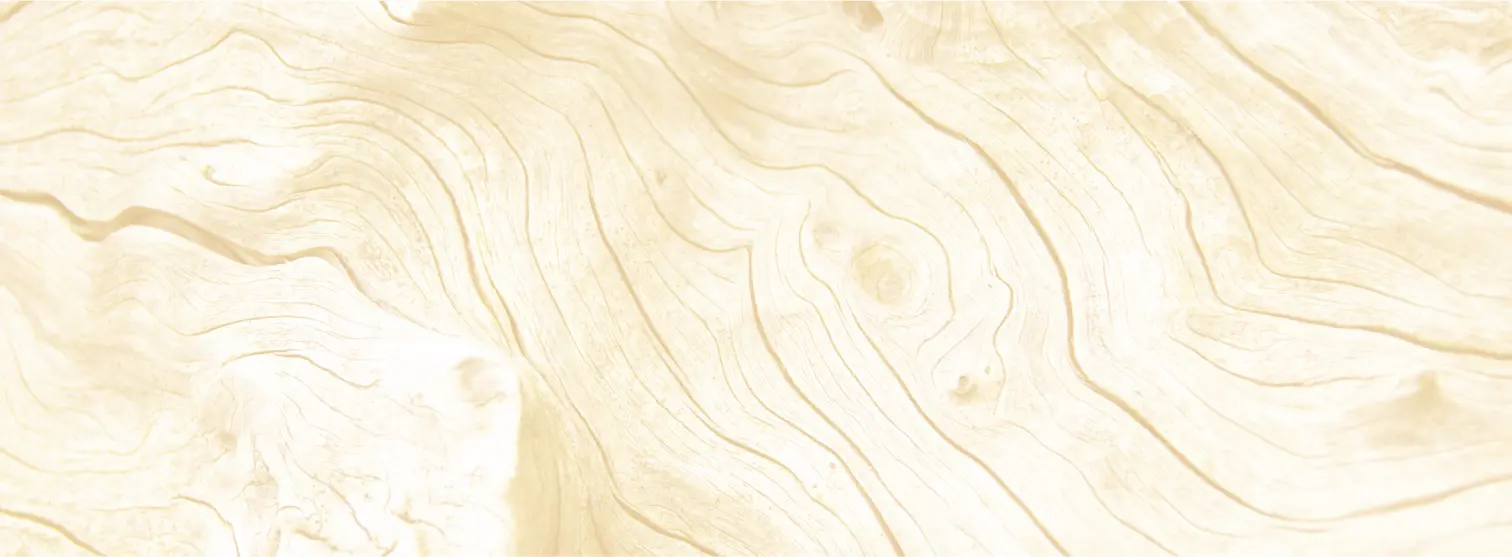I like to know the names of things. Whether it’s the weed that leaves flat sticky seeds on my socks or the little worms that eat holes through my books, it drives me crazy if I don’t know their names. And though I often settle for the common name, it’s the scientific one that really catches my fancy. The long-jawed, spiny-legged, humpbacked spider is great but Tetragnathus quasimodo is better. For the biologist and naturalist, the scientific name describes not just the thing itself, but places it in the larger context of relationships to other organisms. With the genus and species name the spider can be placed in its proper order on the library shelf of life. Taxonomy, the study of naming and classifying organisms, is like the Dewey Decimal system for living things. And in Hawaii, taxonomy is put to the test.
Two closely related but obviously different species of Caconemobius crickets.
Hawaii has many groups of plants and animals that are very closely related genetically. And while it may be rather easy to lump similar things together at the genus level, it can get very muddled when it comes to splitting the species. It is especially difficult with the groups that contain an incredible variety of form, behavior, and habitat among types which are the descendents of just a few ancestral colonizers. Dr. Ken Kaneshiro thinks that from perhaps one ancestral pomace fly founder, the hawaiian Drosophila have evolved more than five hundred species, each requiring a name. Daniel Otte says that maybe a thousand species of crickets derived from a handful of chirping colonizers. He names many of them in his book, The Crickets of Hawaii (The Orthopterists’ Society, 1994) with the place name of their locale like Trigondium kau. Often, different kinds of creatures or plants all lumped together as a single species by one taxonomist get split up into several different species by another. This sort of thing has happened in the plant world fairly often. A group of plants in Hawaii from the African violet family is particularly troublesome for the name givers.
Two of an estimated 1000 species of Hawaiian Drosophila pomace flies, many of which are undescribed and unnamed.
Cyrtandra are generally found in moist and wet forest areas on the islands. They range from herbs to small trees. Usually they have a soft fuzzy surface on the leaves. In the Manual of the Flowering Plants of Hawaii, by Herbst, Wagner, and Sohmer (University of Hawaii Press, 1990) the authors describe and name 53 species in the Cyrtandra genus. As their two volume book, considered the standard of taxonomy for Hawaii’s plants, went to press, another botanist, St. John published 10 papers totaling 61 pages describing 252 new species of Cyrtandra. The difference here is not the discovery of new and different kinds of Cyrtandra, the difference is how the botanists define the exact limits of the species. What the lumper calls a subspecies or a hybrid, the splitter calls a different species. This is unsettling for those of us obsessed with proper names. How can I possibly discern whether it is Cyrtandra cornuta or Cyrtandra calpidicarpa at my feet, when the experts can’t decide?
For birdwatchers in Hawaii, who keep lists of the birds they’ve seen, these taxonomic tangles have been welcome. Over the years some of our native birds who have close relatives from island to island that were lumped as one species have been split asunder. Suddenly, in a place known for bird extinction, we have new species on paper. The Hawaiian honeycreepers just last year went through a split.
The honeycreepers are one of Hawaii’s great treasures. Originating from a finch like seed-eating ancestor, these kamaainas are one of the bird world’s best examples of evolutionary process. Adapting to exploit different habitats and food sources, the honeycreepers most noticeable changes are their beaks. From nimble insect gleaning forceps, to long decurved nectar gatherers, to powerful seed crunchers, to a parrotbill, and the incredible combo prybar/woodpecker beak of the Big Island’s Akiapolaau, these creatures have obvious changes that make it easy for taxonomists to describe and split. Indeed, much of the taxonomy in Hawaii has been what is called descriptive taxonomy. The species are divided up based upon physical similarities and differences. Up until last year, the Amakihi on Kauai, Oahu, Maui nui, and Hawaii were considered one species with different subspecies from each island. Now, based upon modern genetic and mitochondrial DNA evidence, the American Ornithologist’s Union has split up Hemignathus virens into three species: on Kauai—H. kauaiensis, on Oahu-H. chloris, and on Maui nui and Hawaii Island-Hemignathus virens. Without raising a pair of binoculars to my eyes, I now have two more birds on my Hawaii birdlist.
This all begs the question of what exactly is a species? And how valid is St. John the Splitter’s taxonomy next to Wagner the Lumper’s? I often think of evolution as something that has happened in the past. But it is not. It is an ongoing movement of variation amidst similarity made evident by the name calling of modern science.


